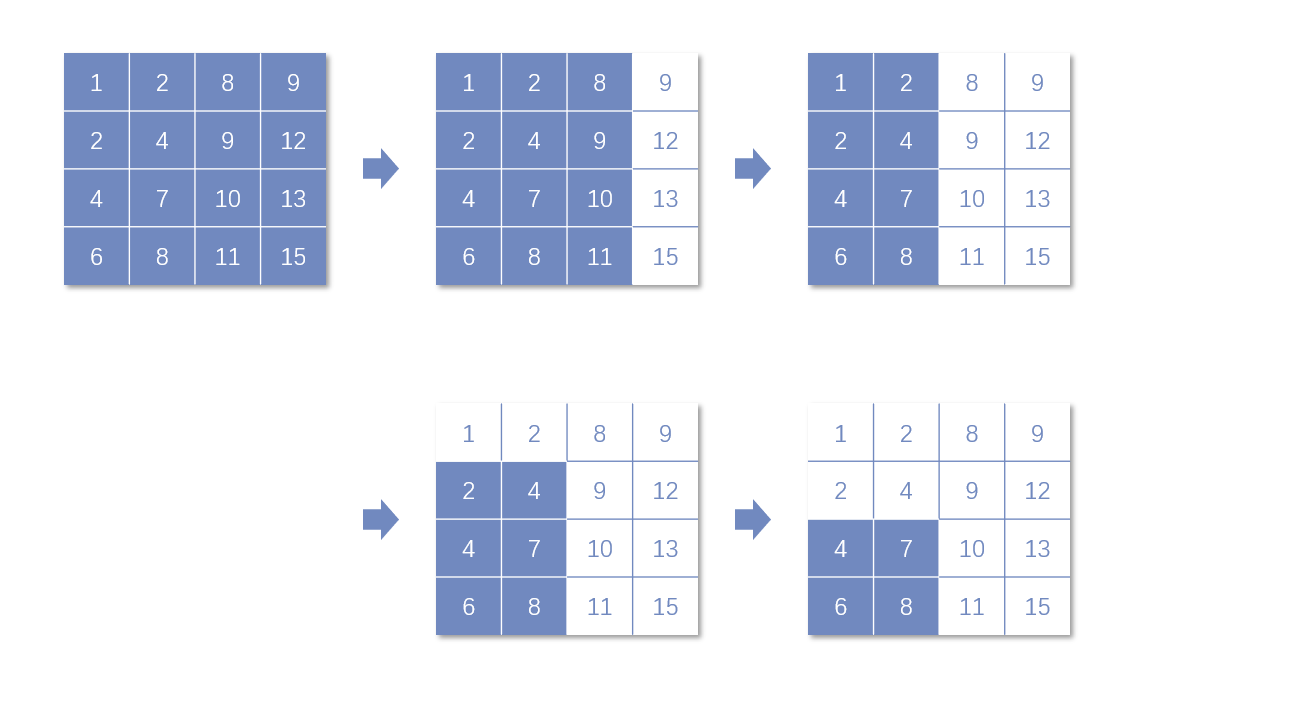函数式编程的技巧
无处不在的函数
高阶函数
- 函数满足以下任一要求即可被称为告诫函数:
- 接受至少一个函数作为参数
- 返回结果是一个函数
Comparator<Apple> c = comparing(Apple::getWeight);
科里化
- 科里化是指一个能将具有
n个参数的函数转化为使用n个参数中部分参数的函数,该函数的返回值是另一个函数,参数为转化的函数未使用的参数,例如f(x, y) = (g(x))(y)
// 摄氏度转华氏度
static DoubleUnaryOperator curriedConverter(double f, double b) {
return (double x) -> x * f + b;
}
DoubleUnaryOperator convertCtoF = curriedConverter(9.0/5, 32);
double c = convertCotF(25);
- 一个函数使用所有参数仅有部分被传递时,通常称这个函数是部分应用的。
延迟计算
自定义延迟列表
interface MyList<T> {
T head();
MyList<T> tail();
default boolean isEmpty() {
return true;
}
default public MyList<T> filter(Predicate<T> p) {
return isEmpty() ? this :
p.test(head()) ?
new LazyList<>(head(), () -> tail().filter(p)) :
tail().filter(p);
}
}
class MyLinkedList<T> implements MyList<T> {
private final T head;
private final MyList<T> tail;
public MyLinkedList(T head, MyList<T> tail) {
this.head = head;
this.tail = tail;
}
@Override
public T head() {
return head;
}
@Override
public MyList<T> tail() {
return tail;
}
@Override
public boolean isEmpty() {
return false;
}
}
class Empty<T> implements MyList<T> {
@Override
public T head() {
throw new UnsupportedOperationException();
}
@Override
public MyList<T> tail() {
throw new UnsupportedOperationException();
}
}
class LazyList<T> implements MyList<T> {
final T head;
final Supplier<MyList<T>> tail;
public LazyList(T head, Supplier<MyList<T>> tail) {
this.head = head;
this.tail = tail;
}
@Override
public T head() {
return head;
}
@Override
public MyList<T> tail() {
return tail.get();
}
@Override
public boolean isEmpty() {
return false;
}
}
public class Main {
public static void test(Function<String, List<String>> findPrices) {
long start = System.nanoTime();
System.out.println(findPrices.apply("Fallout New Vegas"));
long duration = (System.nanoTime() - start) / 1_000_000;
System.out.println("Done in " + duration + " msecs");
}
public static MyList<Integer> primes(MyList<Integer> numbers) {
return new LazyList<>(
numbers.head(),
() -> primes(
numbers.tail().filter(n -> n % numbers.head() != 0)
)
);
}
public static LazyList<Integer> from(int n) {
return new LazyList<>(n, () -> from(n + 1));
}
static <T> void printAll(MyList<T> list) {
while (!list.isEmpty()) {
System.out.println(list.head());
list = list.tail();
}
}
public static void main(String[] args) throws Exception {
printAll(primes(from(2)));
}
}
没看懂
模式匹配
- Java没有原生支持模式配配匹配,只能用
if进行模拟。

